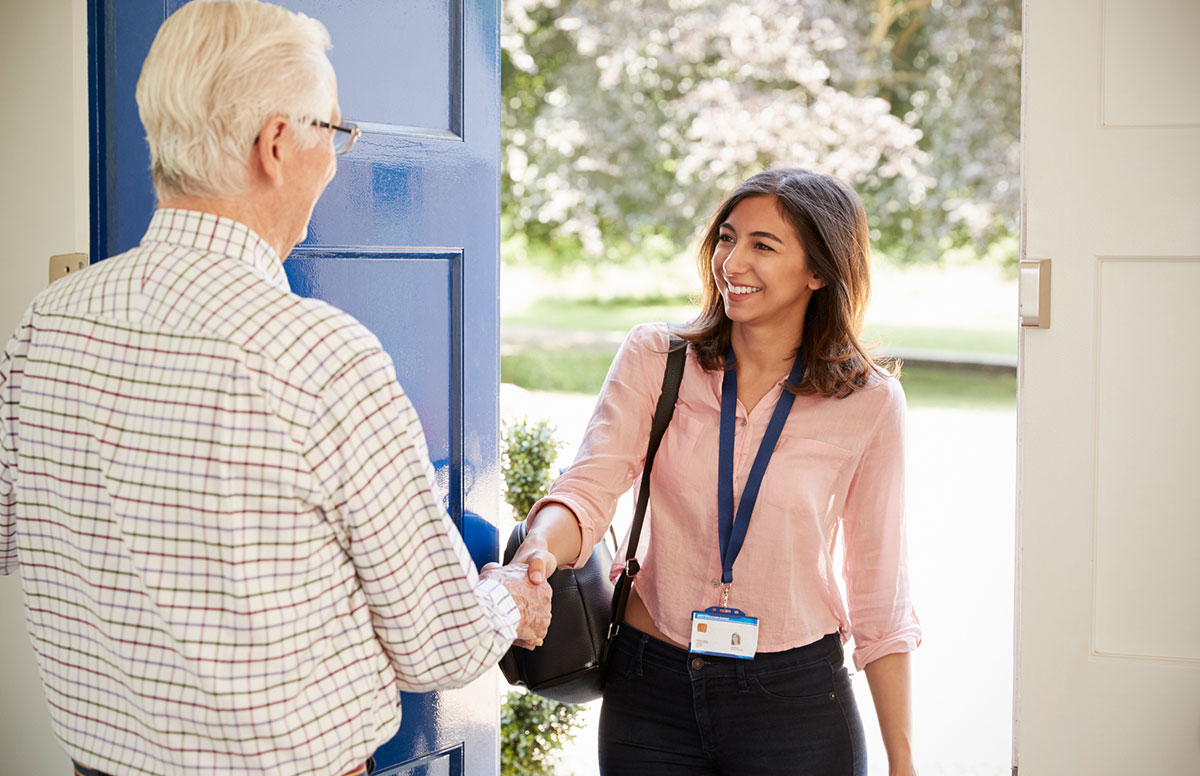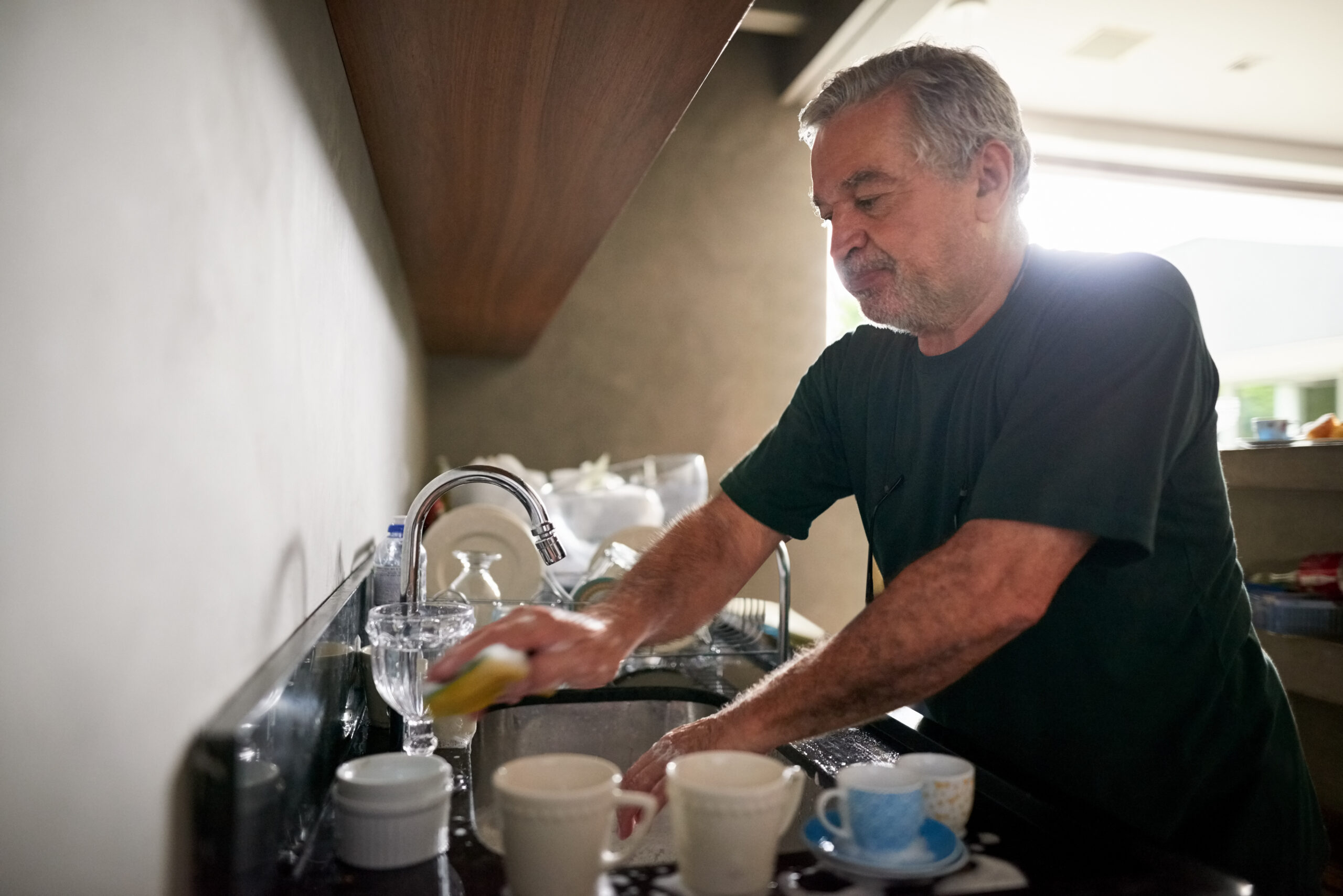Below is a list of all our Telehealth/RPM case studies. Please see Lessons Learned and Advice Drawn from the Case Studies for a consolidated list of lessons learned and advice from all of the case studies.
2021 Case Study
2020 Case Study
2018 Case Study
2017 Case Studies
- Reducing Blood Pressure among Engaged Participants through Multi-User Telehealth, Gamification, and Engagement Platform: This case study shows how technology company higi SH llc examined the relationship between ambulatory blood pressure (ABP) and patient engagement with a nationwide ABP kiosk platform deployed in pharmacies, grocery stores, and other community centers. Results showed a statistically significant relationship between frequency of engagement and lowering of systolic blood pressure. This study is applicable to the broader senior living market, as ABP kiosks provide an accessible, affordable, convenient and accurate means for individuals who cannot afford home BP devices to monitor their BP.
- Telehealth Helps Great Plains Health Patients Manage Their Conditions Confidently in the Comfort of Their Home to Improve Outcomes: In this case study, Great Plains Health chose a Tailored Ambulatory Care platform and Remote Patient Monitoring Program for Transitional Care from LeadingAge Silver Partner and CAST Supporter Philips to scale up their tailored ambulatory program. The effort produced 98% patient satisfaction scores and reduced hospital readmissions. The technology also improved the team’s ability to educate patients to care for themselves, to coordinate care, and to help patients reconcile their medications. Patients also enjoyed the security of monitoring.
2016 Case Studies
- Targeting the ‘Superusers’ of HealthcareWith Telehealth: This case study describes how Banner Health monitored 135 clients who had at least 5 chronic health conditions. The project used a range of biometric sensors from LeadingAge Silver Partner and CAST Supporter Philips, and the Philips Lifeline personal emergency response system with automatic fall detection. In addition, program participants were matched with a multidisciplinary care team that included health coaches, nurses, social workers, pharmacists, and primary care “intensivists.” Outcomes included a 27% reduction in cost of care, a 32% reduction in acute and long-term care costs, and a 45% reduction in hospitalizations.
- Reducing Admissions from Nursing Homes by Use of Electronic Collection of Vital Signs: A second case study details how Camelot Brookside Care Center integrated the CareConnection system from CAST Business Associate Constant Care Technology into its electronic medical record system. The new protocol, which features automated vitals measurement equipment and scales, reduced average hospital readmission rates from 26.3% to 10.4%. A statement from CAST describes this finding as “an astounding reduction in a short timeframe with minimal investment.”
2015 Case Studies
2014 Case Studies
- Telehealth and Remote Patient Monitoring (RPM): Provider Case Studies 2014 was compiled to help a variety of organizations become familiar with real-life examples of telehealth implementation. The case studies also explore the impacts experienced by users of these technologies and the potential revenue streams and business models that support them
- Northfield Retirement Community Case Study: A new CAST case study tells the story of how Northfield Retirement Community, a LeadingAge member in Northfield, MN, deployed the Healthsense® eNeighbor® remote monitoring system across a scalable wireless platform.
- Kendal at Home Case Study: Kendal at Home engaged Independa to support their innovative Continuing Care at Home (CCaH) model, which allows older adults to live in their own homes in the community and receive coordinated services and support as they age in place.
2013 Case Studies
- 2013 Telehealth and RPM case studies: 6 case studies highlight how providers went about implementing these technologies, the impacts they experienced, lessons they learned and pitfalls to avoid.
2012 Case Studies
- Selfhelp Community Services, Inc. Case Study: A thoughtful approach to increasing clients’ comfort with technology to improve access to, and quality of care.
- Front Porch Case Study: The Front Porch Center for Technology Innovation and Wellbeing (CTIW) is a center of excellence within the Front Porch family of companies that collaborates with residents and staff-as well as researchers, academic institutions and other care providers-to identify the needs of older adults that can be met with the help of technology solutions.

 Budget Reconciliation 2025
Budget Reconciliation 2025 Analysis: Home Health CY 2026 Prospective Payment Rule
Analysis: Home Health CY 2026 Prospective Payment Rule


